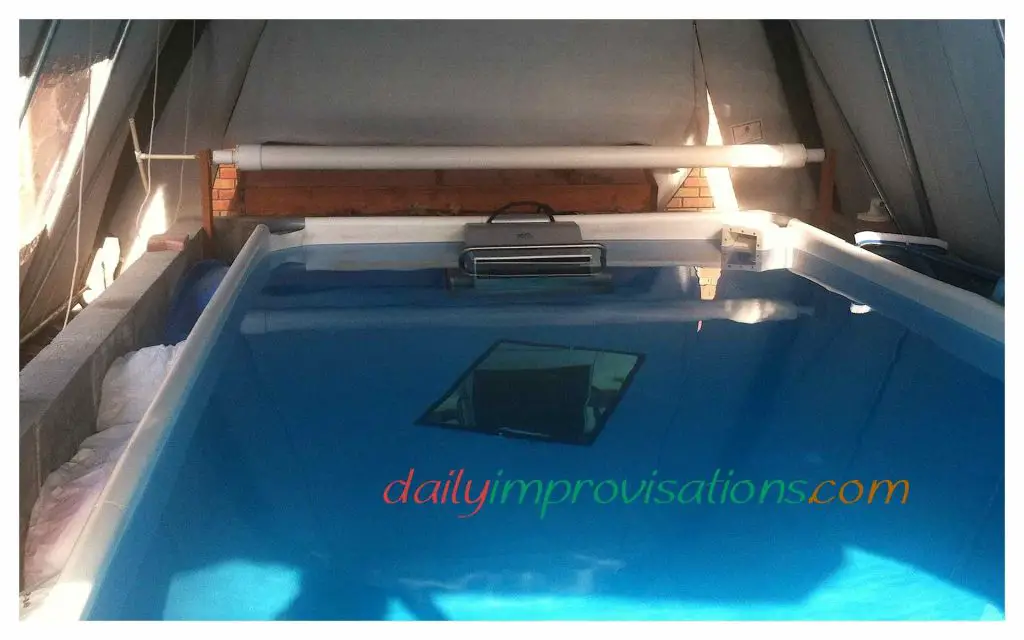Are you looking to protect your pool from debris, keep the water warm, and prevent evaporation? Building a pool cover from PVC pipe can be a cost-effective and efficient solution. In this guide, we will walk you through the step-by-step process of creating a DIY pool cover using PVC pipes.
Materials Needed
Before you start the project, make sure you have all the necessary materials:
- 1-inch PVC pipes
- PVC pipe connectors
- PVC pipe caps
- PVC pipe cement
- Measuring tape
- Saw
- Drill
- Pool cover material (such as a tarp or vinyl)
- Scissors
Step 1: Measure Your Pool
Start by measuring the dimensions of your pool to determine the size of the cover you need to build. Make sure to account for any additional space required for the cover to overlap the edges of the pool.
Step 2: Cut the PVC Pipes
Using a saw, cut the PVC pipes to the desired lengths based on the measurements you took in the previous step. It’s recommended to cut the pipes into equal sections to ensure a uniform and sturdy structure.
Step 3: Assemble the Frame
Once you have cut the PVC pipes, assemble the frame by connecting the pipes using PVC pipe connectors. Create a rectangular frame that matches the dimensions of your pool, ensuring that the corners are properly aligned and secured.
Step 4: Add Support Beams
To provide additional support to the frame, insert shorter PVC pipes horizontally across the longer sides of the rectangle. Secure these support beams using PVC pipe connectors to strengthen the structure of the cover.
Step 5: Attach the Pool Cover Material
Once the frame is assembled, lay the pool cover material over the PVC structure. Use scissors to trim any excess material and ensure that the cover fits snugly over the frame.
Step 6: Secure the Cover
Use PVC pipe caps to cover the ends of the pipes to prevent any sharp edges from damaging the cover material. You can also drill holes in the PVC pipes and use rope or bungee cords to secure the cover in place.

Credit: www.pvcplans.com
Step 7: Test the Cover
Before using the pool cover, make sure to test its durability and functionality. Ensure that the cover fits securely over the pool and can withstand external elements such as wind and rain.
Benefits of a PVC Pool Cover
Building a pool cover from PVC pipe offers several benefits, including:
- Cost-effective solution compared to commercial pool covers
- Customizable design to fit any pool shape and size
- Durable and sturdy construction
- Efficient in keeping the pool clean and conserving water
- Can help retain heat and reduce energy costs

Credit: www.pinterest.com
Conclusion
Creating a pool cover from PVC pipe is a practical and budget-friendly way to protect your pool and maintain its cleanliness. By following the steps outlined in this guide, you can build a customized cover that meets your specific pool requirements. Enjoy a clean and well-protected pool with your DIY PVC pipe pool cover!




